Introduction To Water Filter Media
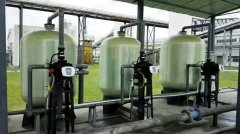
Water filter media is vitally important for any filtration system. The specific type of toxin that exists in your water source can aid users in ascertaining which water filtration component is most advantageous. Pure Aqua provides an extensive range of water filter media, such as sand, anthracite, garnet, activated carbons, magnesium oxide, etc. Water filter media incorporates the subsequent substances: Mixed Media, Water Softener resin, Reverse Osmosis Membrane, Ultra Violet Light, Activated Carbon, KDF (Kinetic Degradation Fluxion), Chlorine Removal Media.
There are single media filters that consist of one type of media, in most cases crushed anthracite, coal, or sand. While these were used in greater quantities in the past, progressive advancements in technology have made dual and multi-media filter filters much more effective to use. For this reason, virtually all of the filters utilzied in advanced wastewater treatment applications are either dual or multimedia filtration types.
Multi-media water filter system represent a significant improvement over single-media filters mainly as a result of being able to clarify water at a considerably higher flow rate. Additionally, these filters deliver an improved filter-bed action based on the innovative use and selection of water filter media. Multi-media filtration also permits delivery of high-quality filtered water at much faster flow rates, as compared to a conventional sand filter.
In a conventional sand filter, lighter and finer sand particles are found at the top of the filter bed, and coarser, heavier sand particles remain at the bottom after backwashing. Filtration takes place in the top few inches of the filter bed.
A multi-media filter is backwashed in the same manner as a sand filter, using reverse or upward flow of water through the filter bed. The various layers of media retain their stratification because each material has a different density.
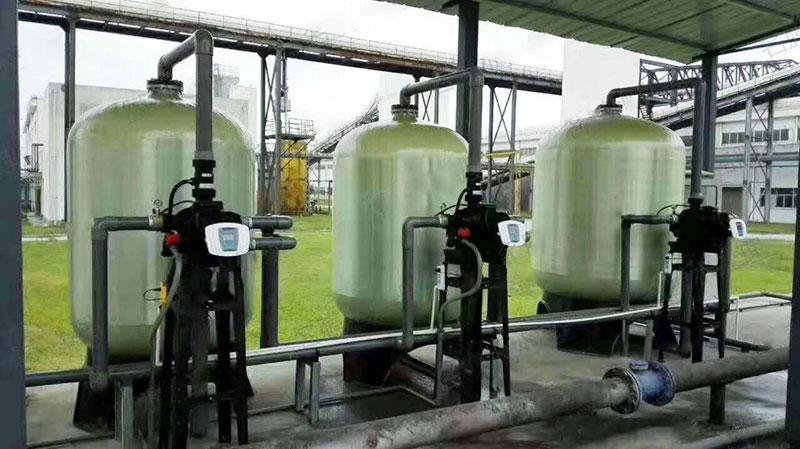
How Water Filter Media Works
Using filtration, nonsettleable solid particles are isolated from water and wastewater by going through a porous channel. Filtration via a coated bed of granular media is the most common method, typically a rugged anthracite coal grounded by a finer powder.
Most pollutants are too microscopic in water to extract by only sedimentation. Biological organisms and suspended solids are eliminated from water and do not have to undergo treatment for sedimentation since it extracts debris and flocs that linger after sedimentation.
Particle extraction itself is achieved whenever the particles establish actual contact with the filter medium's surface. We may extract bigger molecules via straining. Meaning, since the particle is of greater size than the pore, it becomes stuck. Sedimentation can also eliminate contaminants as they pass through the filtration system.
Due to resistance, some can be captured by and bind to the surface of the particles. Filtering efficiency is significantly improved by the molecules being destabilized or coagulated before filtration. This sharp decline in particle charge improves the aggregation of the molecules and decreases the energy applied to hold particles inside the filter.
In the end, the largest particles are trapped within the first layer of the water filter media, while particles of lesser size are disposed to the lower layers. Keeping contaminants in this process makes for greater turbidity removal efficiency and for longer run times in between backwash cycles. As compared to a conventional sand filter which can only filter particles to under 25-50 sized microns, multimedia filters are capable of removing particles to less than 10-25 microns.
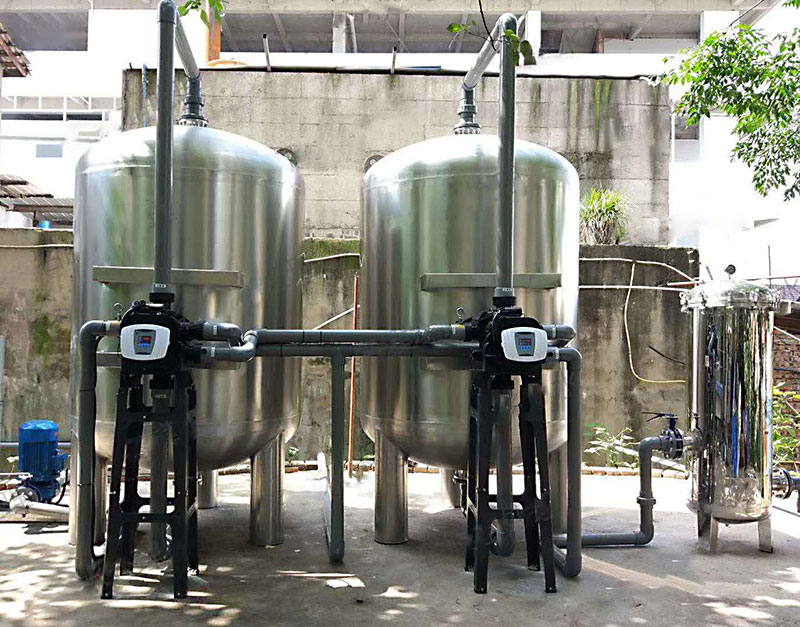
The Benefits of Multimedia Filtration over Conventional Sand Filters
Multimedia filtration offers three or more various media types to use as opposed to single media filters (sand filters) which usually utilize only sand for the filtration media. One of the main drawbacks of conventional sand filters is much shorter run times and backwashing to prevent too much head pressure and water flow being obstructed.
Water media filters that use multi-media filtration will generally use three media types called sand, garnet, and anthracite. The differences in density among these substances allows for more efficiency during backwashing. For instance, the lightest substance (anthracite) will automatically move upwards to the top of the filter, while the medium-dense will remain in the middle, and the densest media (garnet) will descend to the bottom.
Additionally, due to their multi-layer design, these filters are capable of removing a far greater number of particulates than conventional sand filters before backwashing is needed. Furthermore, multi-media filters provide more space for particles and sediments to rest upon, which allow them to operate for much longer periods of time. The end result is a superior quality, filtered water with quicker flow rates than conventional sand filters.
Reasons to Choose a Water Filter Media
Why a pressure filter? Pure Aqua's pressure filters clarify water by removing sediment, turbidity, iron, unpleasant tastes and odors, suspended particles, and unwanted color, all of which are commonly found in surface water. They can be used in a variety of service conditions including, but not limited to: industrial, municipal, and institutional applications. These water filter media systems provide desirable features such as:
· Quality Tank Construction: All tanks are constructed of high quality welded 304 stainless steel and designed for a 100psi operating pressure, where higher pressure is available as an option. Standard tanks are equipped with inlet and outlet connections, and top mounted loading port; tanks are also sandblasted form the inside and out.
· Under drain: Hub and lateral distribution system is designed to utilize the entire bed area during operation. This minimizes channeling during periods of low flow. The under drain is constructed of schedule 80 PVC laterals.
· Automatic Diaphragm Valves: To have a trouble free system, we design the ultimate water filter using a "Nest" of corrosion resistant diaphragm valves. The angular design, high lift, and large seat opening of the hydraulically operated valves provide a minimum restriction to flow. In a manual filter, a butterfly valve is used for backwash.
· Timer/Controller: The standard method of control for automatic units is a stager with and integral clock timer. The control has a built in manual override in case an off schedule backwash is needed.



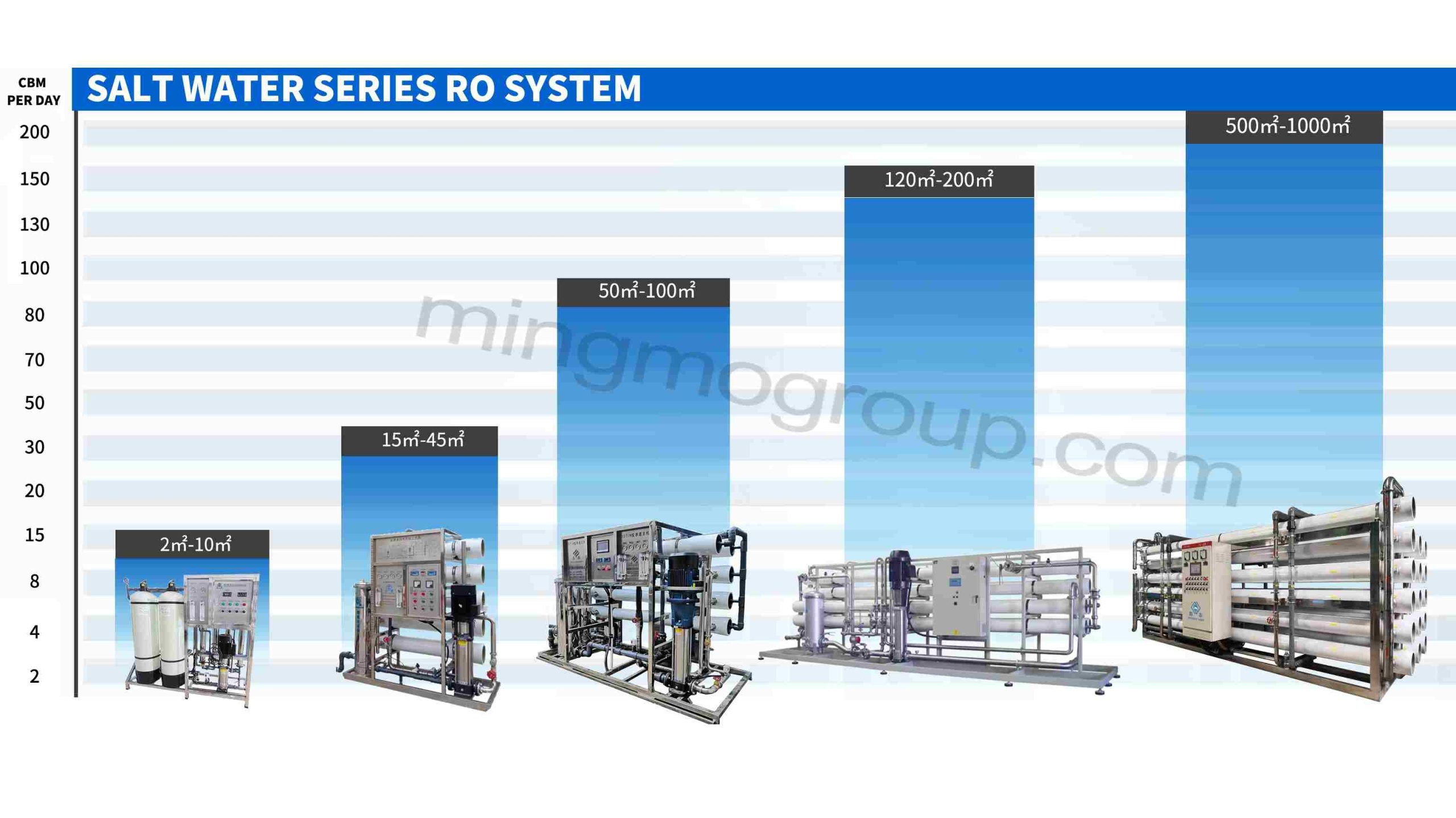 Brackish Water Reverse Osmosis Treatment System
Brackish Water Reverse Osmosis Treatment System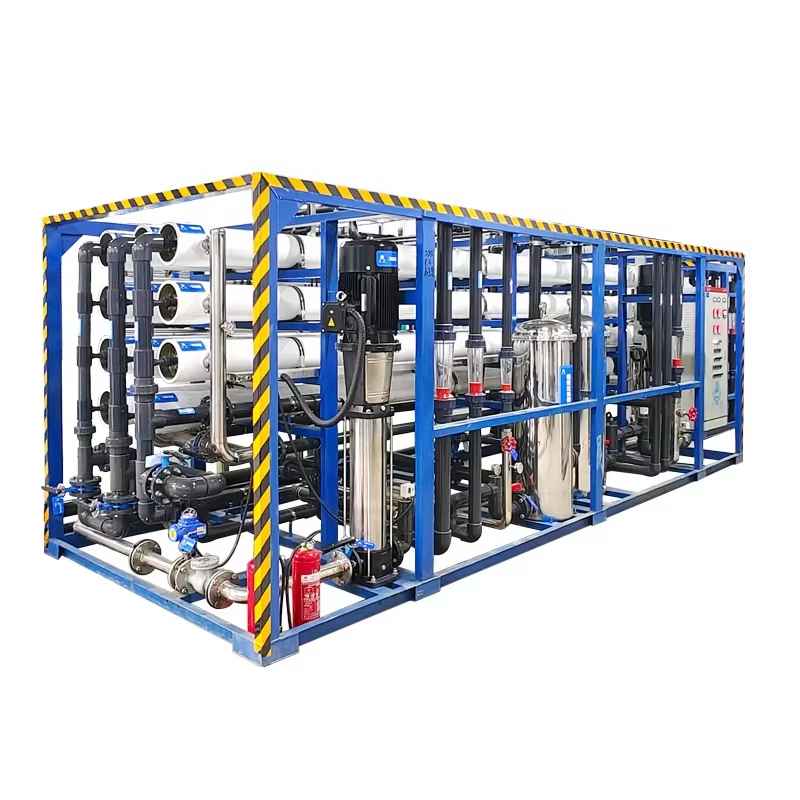 Large RO Desalination Machine
Large RO Desalination Machine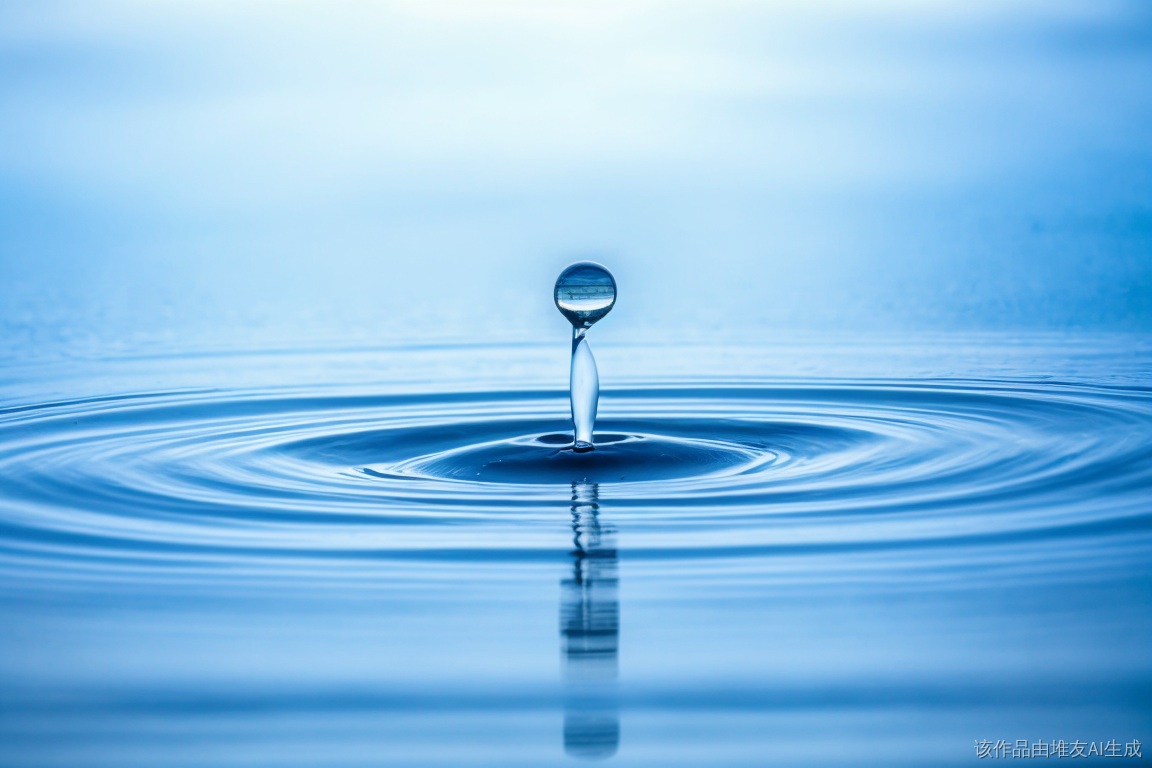 Ultrafiltration System vs. Reverse Osmosis System: Which One Should You Choose?
Ultrafiltration System vs. Reverse Osmosis System: Which One Should You Choose?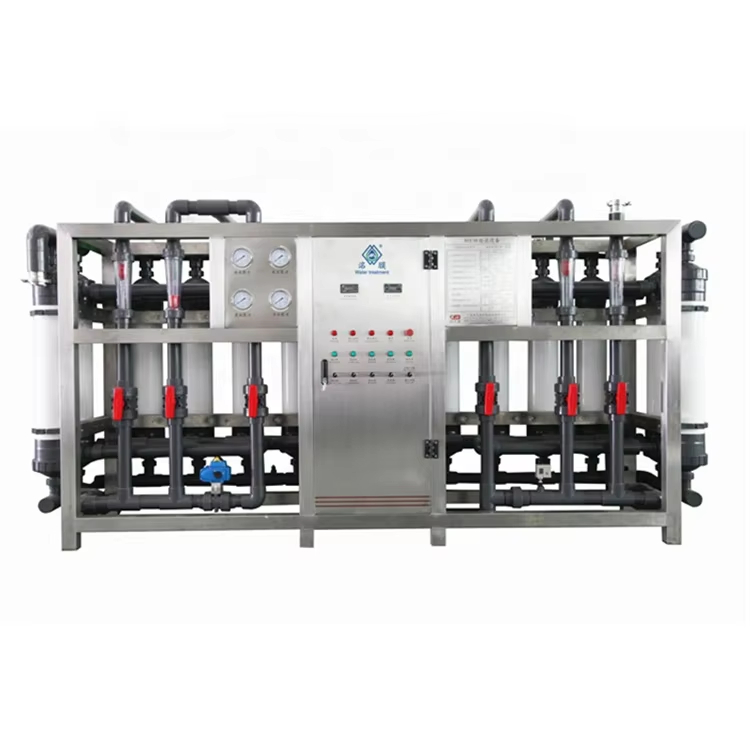 Ultrafiltration (UF) Water System
Ultrafiltration (UF) Water System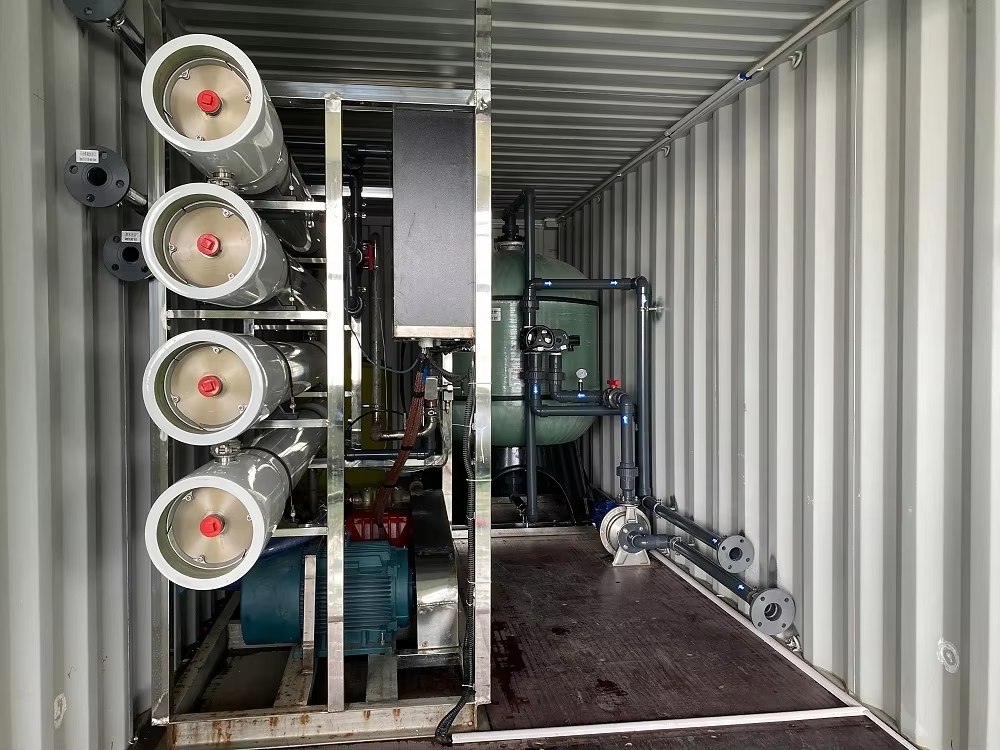 Containerized Reverse Osmosis Water Treatment Plant
Containerized Reverse Osmosis Water Treatment Plant Large Scale Industrial Reverse Osmosis System
Large Scale Industrial Reverse Osmosis System How to Choose Water Purifier for Well Water
How to Choose Water Purifier for Well Water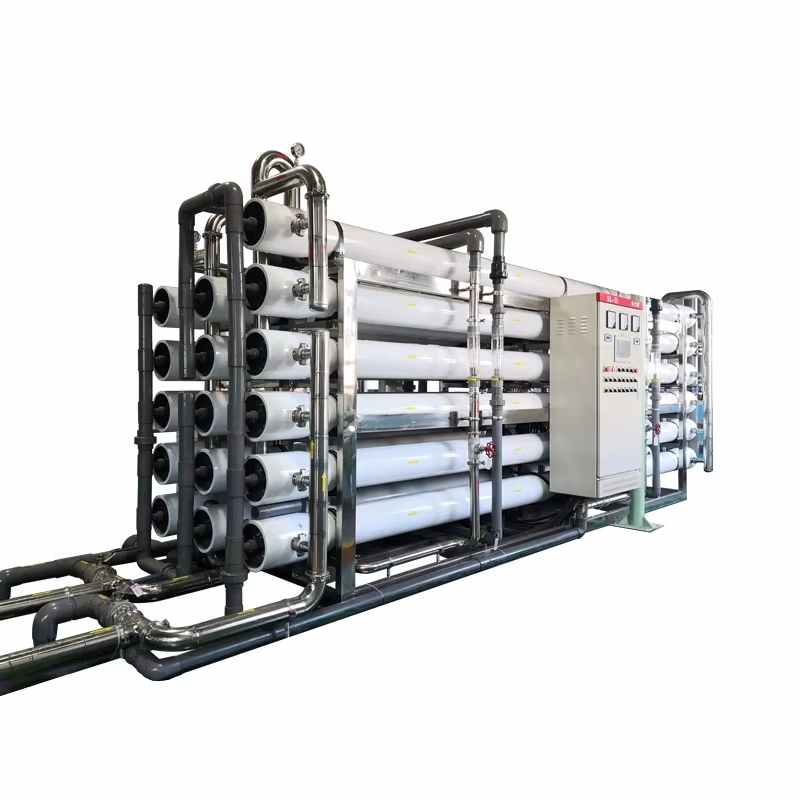 What Machine Can Remove Salt From Seawater?
What Machine Can Remove Salt From Seawater?